

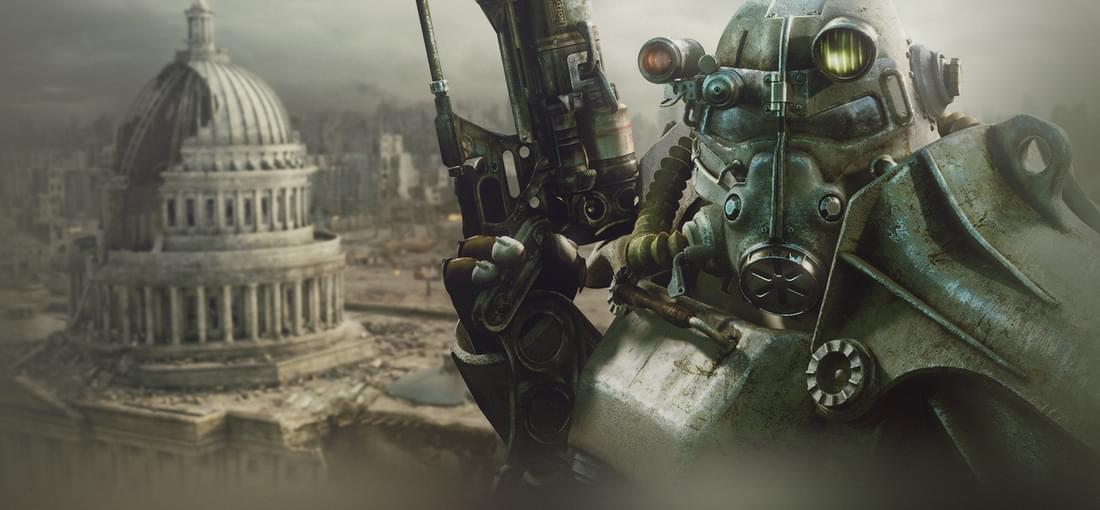
Bethesda is famous for its worlds, not so much for its game mechanics. FO3 is no exception. The FO3 world gives you that hopeless post-apocalypse feel, aside from the sometimes silly "future as viewed from the 1950s" vibe. I loved the game for about the first 5-10 character levels. Problem is, the longer you play and the more you level up, the more the game world levels up too, and gets increasingly nonsensical. The semi-weak initial creatures and opponents are soon replaced by far stronger and more dangerous ones, but the poor routine NPCs don't get any stronger. By game end, there were hostiles regularly getting inside of the town of Megaton, killing the townspeople, and the presence of the player character passing by became a death sentence for the smaller settlements, as powerful adversaries spawned. Without the player character there to defend them, they stand no chance. A few other silly aspects hurt it, like shooting a Raider from ambush with a BB gun, and having their head and arm fly off from the massive damage inflicted by that little BB. At GOG's sale prices, the game is well worth seeing and playing. Just be aware that at first it gets slowly but steadily better as you become more competent, then begins to get worse as the world around you starts to level up to match you. In Bethesda's early games, the more dangerous damage sponge opponents and creatures were ADDED to the existing spawn lists, In the later games, they REPLACE many of the original hostile creatures, so the original ones are suddenly extinct. It's good, but could have been so much better with a few different design choices.
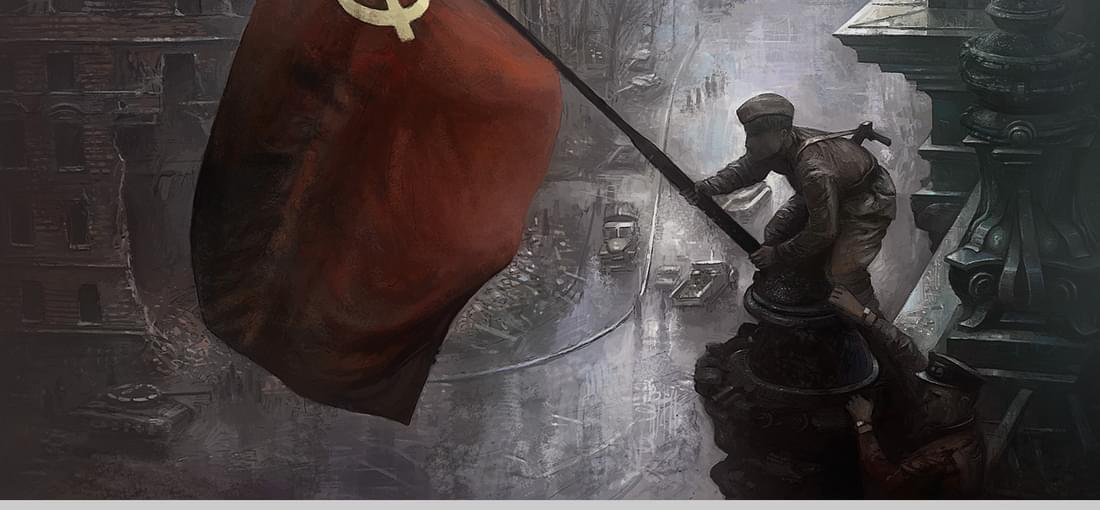
First, the 3 expansion packs are the meat and potatoes of this collection. You NEED the first expansion (Semper Fi) to fix many of the fundamental flaws with the original disastrous release of the game. In my opinion, this gives the best "political" experience of the bunch. The other two expansions are mostly good, with several major positive changes to the combat mechanics and further but less critical bug fixes. On the other hand, diplomacy and espionage were gutted. The result is debatably the best simulation of WWII on the market today. It does allow for some significant deviation from history (a few things simply do not follow history, like the Afrika Corps not existing), but how well it handles those deviations is variable. The rest of the package includes sprite packs for various countries, plus music. If you like the period music, rather than playing something else in the background (or the original themes over and over), then that's up to you. As for the sprite packs, they were produced during the earlier expansions, and some people have reported that they simply don't work properly with the later expansions. I personally, like MANY other players, do not use sprites, because the counters are so much more informative, so I cannot verify the issue. I felt that I should mention this after several players reported getting entirely wrong sprites in THF, such as WWI German A7V tanks in mid-WWII.
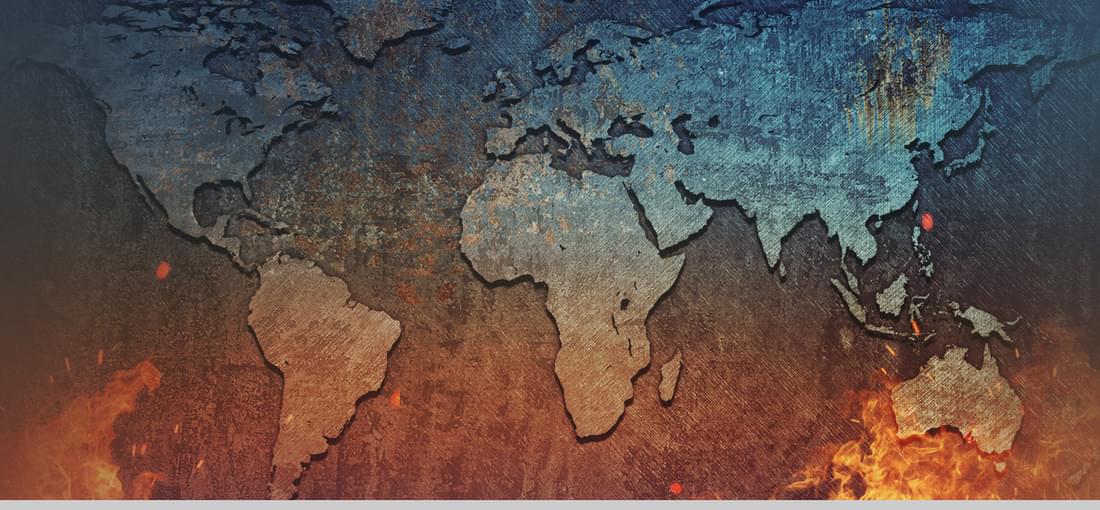
After having played HOI3 extensively since its release, and seeing all of the comparisons that were made between it and HOI2 by the HOI2 fans back when HOI3 was still an incomplete and buggy wreck, I decided to try Darkest Hour, the final development of HOI2. I've got mixed opinions about it. Some things I feel were done better in HOI3 (technology tree, logistics, overall interface), and some done better in HOI2 (tech teams, espionage). HOI2's supply simulation is a bit more primitive, and while HOI3's system is buggy at times and difficult to understand, it (usually) gives you realistic restrictions on getting supplies to the front across bad infrastructure or through areas with partisan activity, where HOI2 just provides a set of global limits on how much and how far. As said, amateurs study tactics, professionals study logistics, and HOI2 is weak on it....which is still a big step up from HOI4, where infrastructure only matters in the province your troops are actually in, never mind that barren desert or vast ocean that the supplies need to somehow cross (but HOI4 excels at modeling production). The two games are quite a bit different in several respects, and I can see where some players would prefer this over the sequel. In my opinion, HOI3 eventually turned into something decent after the first expansion (the base game remains somewhat of a mess even with the patches), and some of the extensive mods for HOI3 take it a step or two further. Initially, I tried Darkest Hour Full (the game comes with 3 "modes": HOI2 , DH Light, and DH Full), and after several attempts and not really enjoying it, I switched to DH Light, and found it significantly more engaging. Different tastes, I suppose. I still prefer HOI3. Too bad there's no way to take the best aspects of HOI2, 3, and 4 and combine them into one ideal WWII game.
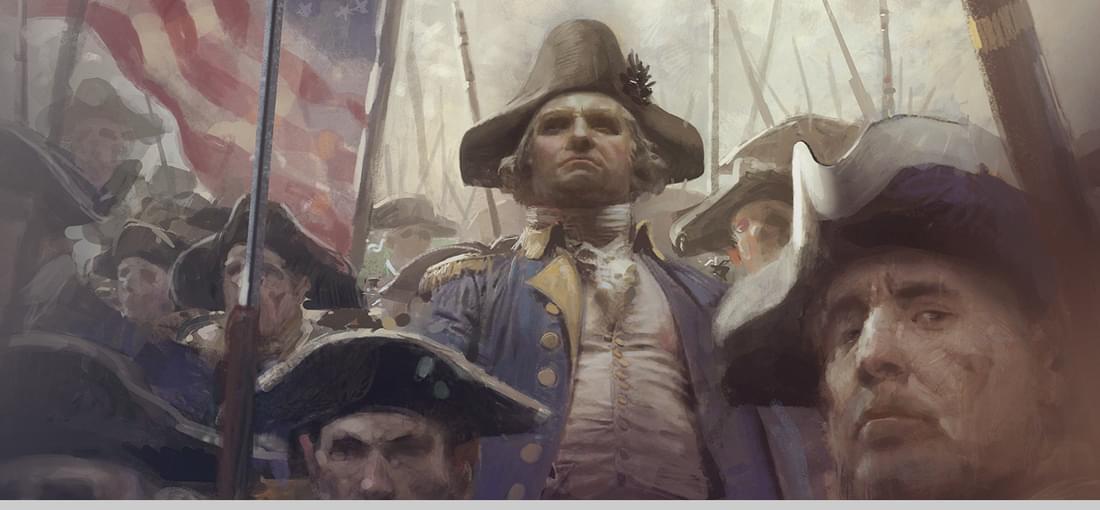
I bought "EU3 Complete" over a decade ago, at which time it was "complete". Then they added two more expansions, so "Chronicles" is the REAL "complete" edition. Really, this should have been renamed, or just replaced by Chronicles. It took me a long time to get the two final expansions from a non-Steam source, but now I've got them. Despite the newer and shinier graphics in EU4, I'm still playing and enjoying EU3. The final pair of expansions do add some worthwhile game mechanics, sharply reduce the annoying pirate spawns in heavily settled areas of the map, and make various other changes (most of them positive), but they're not essential. This version is more than just "playable", it's almost infinitely replayable, by choosing different countries and cultures, with enough randomization so no two campaigns even with the same country will ever be alike. If you don't mind the micromanagement (don't expect to finish a campaign in a few evenings, I've had campaigns run for months), this game is worth its full list price, and an absolute bargain if you get it on sale.
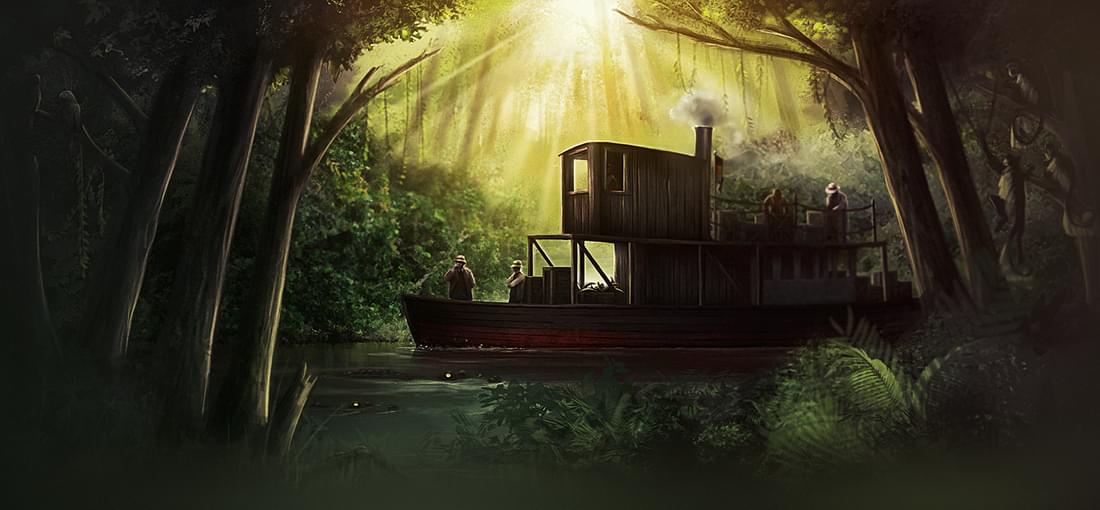
Heart of Darkness is an expansion to Victoria 2, and requires both the base game and the House Divided expansion. It's not major change over the base game, but does add a few features, some quality-of-life improvements to the User Interface, and a few bug fixes. The final patch for this expansion fixed the one bug with corrupted Relations values which plagued me since the early patches for the base game, and that alone was enough to justify the discount price. It also rebalances a lot of costs and score values, so France doesn't amass a huge industrial score by spamming Luxury Clothing and Luxury Furniture factories. As said in the description, it revises colonization, requiring ports and ships to be competitive. The international crisis system and generating legal excuses to declare war (C-Bs) are great in theory, but in practice seem only marginally better than what they replace, in my opinion. If you enjoyed the base game, this is definitely an improvement, but not a drastic one. If you didn't enjoy the base game, this won't change that.
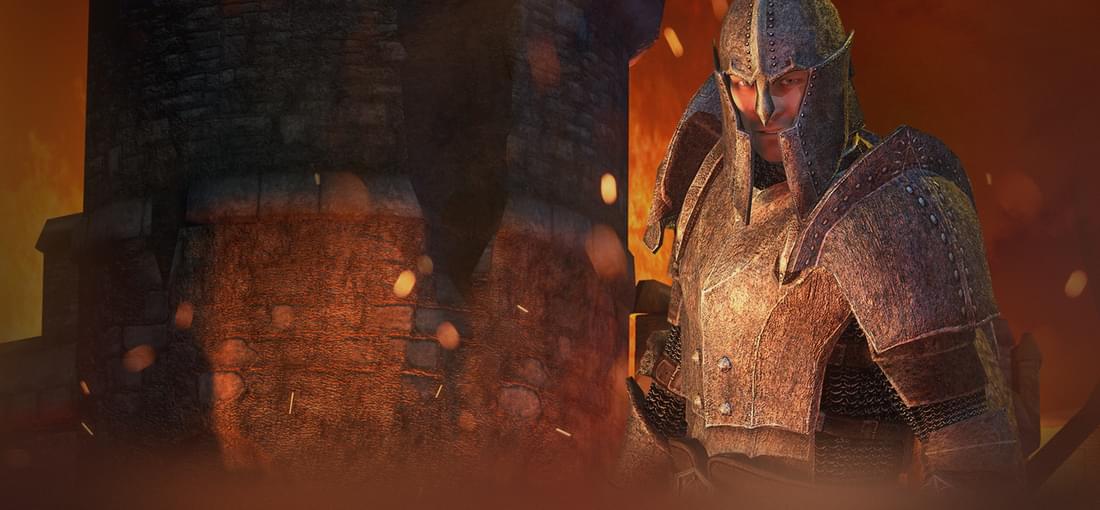
After playing the awesome RPG experience known as TES III: Morrowind (despite its mediocre combat), I bought TES IV: Oblivion on CD without any hesitation. My mistake. While it improves the feel of combat to some degree, the RP aspects of the game fall far short of its predecessor. Fully-Voiced dialog was a questionable move by the developers, and the quantity of unique dialog lines is barely over a tenth of what's in Morrowind. The game world looks beautiful, and I spent some time simply viewing the incredible landscape and scenery that Bethesda does so elegantly. Unfortunately, that expertise does not extend to the NPCs, which are mostly hideous in a "Mr. Potatohead" sort of way, nor to the repetitive NPC comments ("I saw a mudcrab the other day...." for the 300th time), and much of the rest of the dialog sounds like "cut and paste", with only a handful of voice actors covering 5 races and 2 sexes. The excessive use of both leveling and scaling makes the game increasingly difficult as you advance unless you take your LEAST used skills as "Majors", since level progression is based on your chosen Major skills. Leveling means that as the game goes on, basic creatures and novice-level items are REPLACED by higher level equivalents, and the original items typically vanish from the game world (In contrast, Morrowind added the higher level creatures and items to the spawn lists, so as the game progressed, you'd see LESS of the originals, rather than NONE). Scaling means that some creatures gained hitpoints and skills, and carried better gear as you level up. Mods do wonders to fix most of the flaws and shortcomings of the game, but the underlying spawn system is inherently broken, so the best they can do is a band-aid over the problem. It's still a "good" game (I played it to the completion of the Main Quest), but a few development decisions prevented it from being a truly great RPG. I haven't gotten over the experience to try the highly rated expansions.
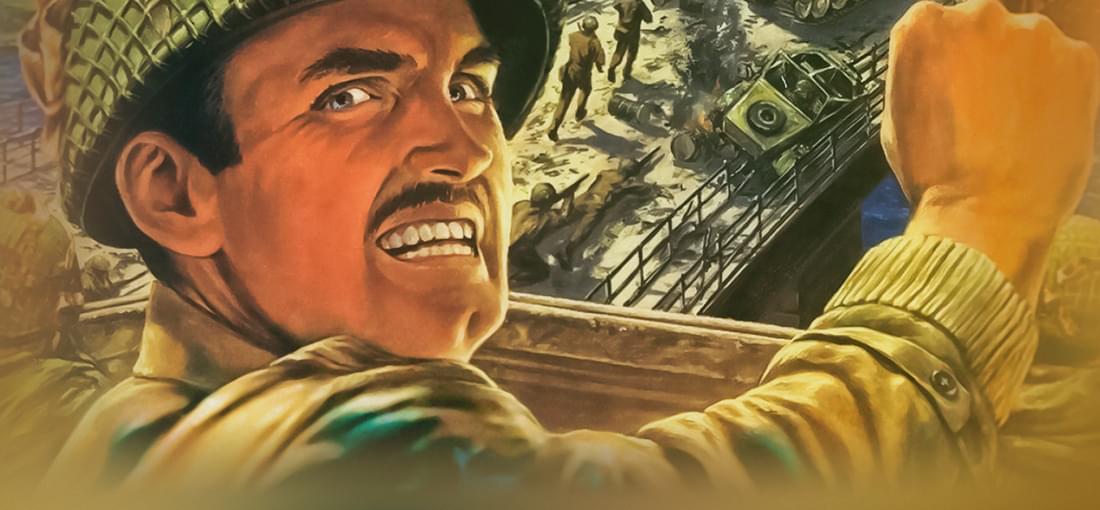
This was my second favorite of the CC series, one step behind Russian Front, and I recently played another campaign. Still very good, as the overhead perspective isn't heavily graphics dependent, and the gameplay is still as good as ever. As pointed out in review after review, the soldiers behave as individuals, trying to stay alive while more-or-less following orders, not doing exactly as commanded as mindless automatons. This and CCIII (Russian Front) allow a bit of leeway in the form of lists of what units are available to add to your force after a battle, adding a few RPG elements and personal touches to an otherwise historical simulation. Unlike Russian Front with a single force which you guide through battle after battle in a linear campaign, this game is divided up into multiple operations with different forces in each (other than the advancing tank column which will pass through and can participate in local battles while in the area), and you need to allocate your limited supply points to each area and battle. Several posts refer to the difficulty in playing Allies as opposed to German units, but I find it more a difference in doctrines and tactics. The Germans have better direct firepower (the machineguns are clearly better than their Allied equivalents, as I painfully discovered as an Allied player) and squad-level anti-tank capability, while the Allies can bring in more artillery, mortars (playing Germans, I HATED those Allied mortars), and other indirect support, plus have more reinforcements available. Allied casualties are likely to be higher than German, but the Germans are outnumbered in most engagements. If you play to their strengths, both sides are reasonably well balanced against each other. I'm pleased to see this classic on GOG, and would heartily recommend it to any armchair tactician (as opposed to FPS or Grand Strategy players) with an interest in WWII.
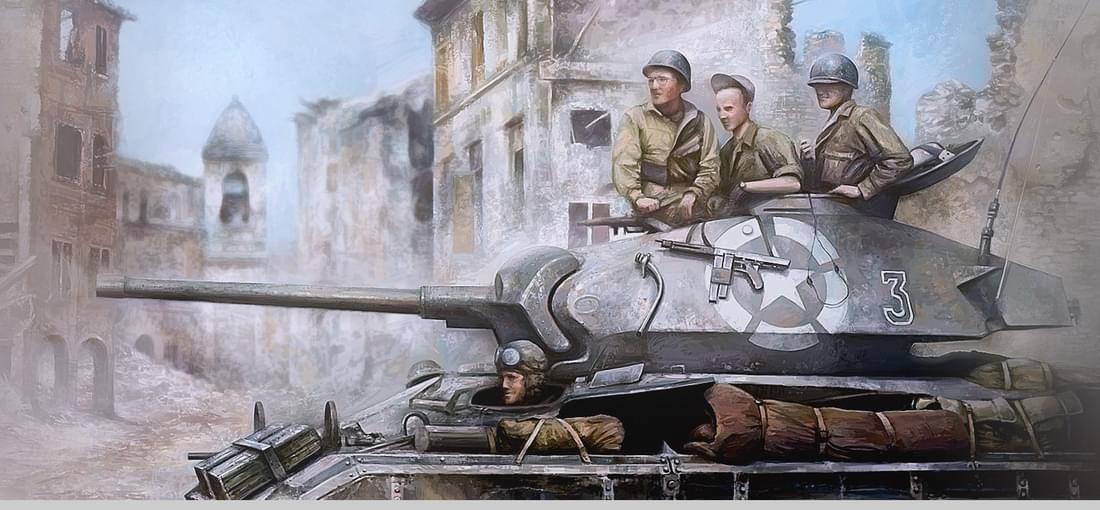
Out of the box, the base game is seriously broken. Paradox released this thing well before it was done. Fortunately, they quickly patched it (repeatedly), and by the 1.4 patch, it was fairly decent aside from some seriously wonky AI behavior on occasion (Japan invading Finland for no rational reason, etc.). You really need at least the first expansion (Semper Fi), and the patches for that expansion, to bring this game up to its potential. The subsequent expansions (For the Motherland and Their Finest Hour) add "bells and whistles", and are mostly an improvement, but aren't essential to the core gameplay, in my opinion. The steep learning curve and poor excuse for a tutorial make it difficult to get into, but it's definitely worth the effort if you're at all into the time period. Once expanded, it becomes simply the most detailed and historically plausible WWII game on the market (including its silly sequel: HOI4). Not that it lacks its share of problems, but the depth and detail, and the ability to play practically any country in the world, keep me coming back again and again even after over half a decade of frequent play. Probably my 3rd most played game over almost 40 years of gaming.
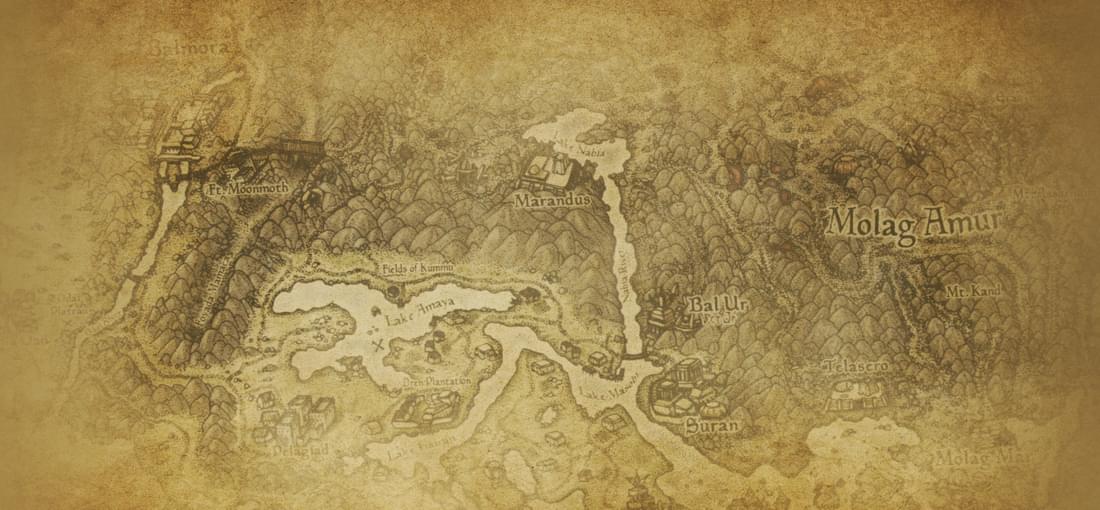
Morrowind has to be my favorite RPG of all time, and I've probably got 5,000 to 10,000 hours into it over more than a decade of playing. The real star of this game isn't one of the heroes or villains, it's the world itself, and the deep and involved culture that Bethesda managed to create. There are better "video games" out there, but I have never found another "world" that comes close to matching what Morrowind offers. Despite the dated graphics (mods can do wonders to replace the graphical "textures", but the underlying animations are still clunky), the 24/7 standing or pacing back and forth by the NPCs, the primarily text-based dialog (with a few spoken greetings and taunts), and the "all or nothing" die-roll based hit or miss combat system, it's still a fantastic piece of work. Depending on your tastes for RPG elements versus "First Person Slasher" mechanics, you'll either love or hate it; there are few people who find it "so-so". Be aware that it takes a while to get past the initial 3-6 level "grind" to see what the game really offers. The deeper you dig, the more it seems there is to uncover, and what you THINK you know often proves to be only one heavily biased side of the story. The game frequently leaves room for different interpretations and perspectives for role-play. I have yet to tap this game out and see everything after more than a decade. The mods available for this game have to be seen to be believed: there are literally thousands, and many of them are of professional quality. Examples range from expanding the game world from the small island of Vvardenfell to cover almost the entire Morrowind province piece by piece (and still in progress), adding more NPCs and expanded dialog, introducing new races and factions, adding huge numbers of additional items such as clothing, weapons, armor, and alchemical ingredients, providing the ability to gather materials to craft weapons, armor, household items, edible food, and furniture, introducing hunger and thirst requirements, adding new magical effects and options, and generally altering the game do practically anything you want it to do. If you loved Oblivion and Skyrim for their combat, perhaps you should skip Morrowind, but if the open world and involved background lore was what drew you in, this may be just what you're looking for.
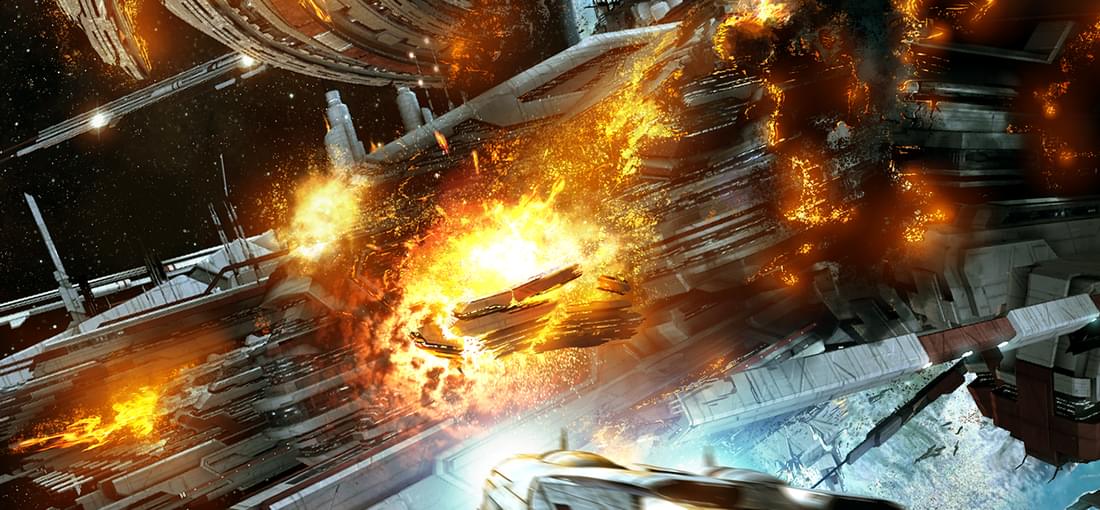
The X3 games go beyond "large". You start out (in most starting situations) with a small, light fighter craft with limited capabilities (some start with guns, some without). Crossing a sector seems to take forever (there are a LOT of sectors, some small, some huge, linked by either jump gates or accelerators) , and the game starts out rather slow and boring. After making a few credits and gradually upgrading your ship's speed, weapons, cargo capacity, and various software systems, and other equipment, you're not even scratching the surface of the game. Now the sectors don't seem h\quite so huge or boring. By mid-game, the time spent crossing a sector will be fully occupied by managing your fleets of transports shipping trade goods around the known universe (not even including your autonomous traders working without your direct supervision), sending combat ships (including various classes of capital ships) to protect your massive factory space-stations (or mega-complexes composed of up to hundreds of stations) from pirates, alien enemies, or rival factions, and taking on increasingly large ships and then fleets in combat missions, IF you choose to do so. You can play this as a trade game, a combat sim, or whatever mix suits you. It's one Ginormous sandbox, and whether you choose to pursue the main questline for the mission rewards, take on one or more corporation plots, or your own blend of Trade, Build, Fight, and Think, as the games advertise, is totally up to you. If you can deal with the intense later-game micromanagement and the early-game tedium (especially in the huge Terran sectors), this may be just what you're looking for. If you just want a casual space combat game, the long stretches between stations and sectors will bore you to tears, even with fast-forwarding the time.